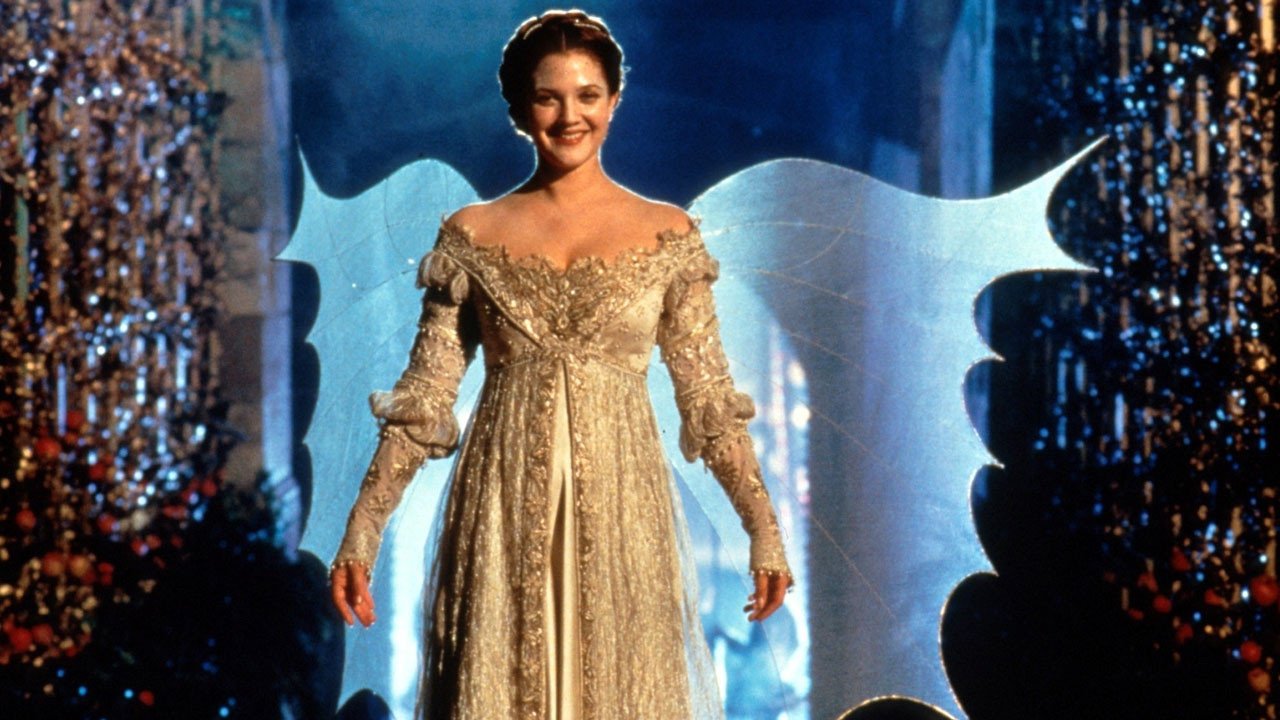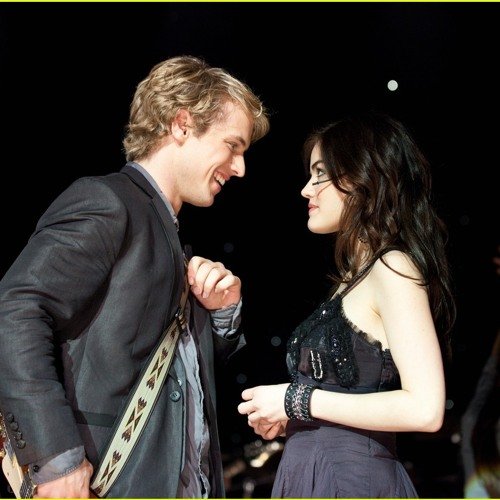The Evolution of Cinderella's Appearance
Though Disney’s version of Cinderella was released 52 years ago, she has remained the front runner of the Disney Princesses. For many years, in photos of the princesses together, she is almost always front and center. A few years ago, I touched on why this may be - why is Cinderella assumed to be the leader of them all? Cinderella was not only Walt’s personal favourite princess, but she also saved the studio from completely going under. The 1940s was not a highly successful decade for the studio, largely due to the war, and the tendency to compile various Mickey Mouse shorts and call it a film. The film that put Disney on the map was Snow White and the Seven Dwarfs, because of its commitment to the fairytale, the innocence of the lead character, the magic of true love, and the comedic sidekicks. When Disney started to stray from this format, it became clear that the princess arc was what drew audiences in, and by 1948, the studio decided it was time to remake another fairytale.
Cinderella Over Three Centuries (1634)
The absolute earliest known version of Cinderella is traced back to a Greek ancient tale titled Rhodopis. This original version is about a Greek slave whom marries the King of Egypt, and it was written around 6th century BC. However, the earliest known version of Cinderella that is more similar to the story we know now, was by Giambattista Basile in 1634, titled La gatta Cenerentola, around the time when he also published the stories of Rapunzel and Sleeping Beauty. In 1697, Charles Perrault wrote his version and titled it Cendrillon. Charles is best known for adding the famous elements of the glass slipper, the pumpkin carriage, and the fairy god-mother.
According to an article written by Daphne M. Hoogenboezem titled “Medievalism and Magic: Illustrating Classical French Fairy Tales”, she says that the classic fairytale was majorly tied to the medieval period, since they contained knights, swords, princesses, towers, and more. However, they all had a sense of ambiguity, fantasy, and creativity despite their evident time period. In the early 17th century it wasn’t yet common for fairytales to have illustrations alongside them, but Charles Perrault found it necessary to create imagery that would amplify the story in less obvious ways. He acquired the help of Antoine Clouzier, who created copper engravings as the illustrations for the story. Though there aren’t many records of his illustrations from 1697, we can assume Cinderella was designed as a princess of the French medieval time. Here is an illustration of Cinderella done in 1867 by Gustave Dore.
An illustration for Cendrillon by Gustave Dore in 1867.
Laugh-o-Gram’s Cinderella (1922)
The official Walt Disney Animated film Cinderella was not the first version of Cinderella that Walt had made. His very first studio that he opened with Ub Iwerks was called Laugh-o-Gram Films, where they created 10 cartoon shorts, one of which being Cinderella. Walt’s fascination in the classic fairytale shone at this studio; they did Little Red Riding Hood, Jack and the Beanstalk, Goldie Locks and the Three Bears, and even Alice’s Wonderland at the very end. Cinderella was one that he would carry with him for decades after.
In the film, Cinderella is shown as a little girl with short black hair, a white bow in her hair, a black dress with a white belt and white bottom, and black shoes (can you tell the film was in black and white?). When her Fairy Godmother shows up to grant her wish of going to the ball, Cinderella’s outfit turns into an all-white flapper dress, reminiscent of the 1920s.
“At midnight, these clothes will change to rags!”
Laugh-o-Gram Film’s Cinderella. Image from: https://www.intanibase.com/iad_entries/screenshots.aspx?shortID=8
Cinderella’s Animation and Design (1950)
The two supervising animators in charge of the beautiful princess were Marc Davis and Eric Larson. Marc Davis was one of the original Nine Old Men, and is best known for animating Alice in Alice in Wonderland, Tinker Bell in Peter Pan, Aurora and Maleficent in Sleeping Beauty, and working on the designs for various Disneyland attractions. Eric Larson was also one of Disney’s Nine Old Men, who had been there from the start, animating characters such as Snow White, all of the Seven Dwarfs, Jiminy Cricket, J. Thaddeus Toad, Mowgli, Baloo, and so many more iconic characters. Eric had a very clear vision of what he wanted Cinderella to be - a young teen girl, with braids, and an up-turned nose. His vision of Cinderella was quite young, innocent, quirky, and not quite like what we ended up getting. With Marc’s experience animating these blonde female leads such as Alice and Tinker Bell, that art style made its way into the vision for Cinderella: a tall, delicate, mature-looking, blue-eyed girl.
Cinderella. Image from: https://arthipstory.com/2015/03/23/sing-sweet-nightingale/
Cinderella’s wardrobe is something to be celebrated in this film. With the film being produced just a mere 3 years after the end of World War II, it was a new time for fashion; a new time for women. Throughout the war women dressed in coveralls, uniforms, aprons, headscarves, and clothing that didn’t have extra detailing as to preserve the fabric. Then, in 1947, Christian Dior released his haute couture collection which became the blueprint for women through the end of the 40s and into the 50s - the cinched waists, pleats, ruffles, and round skirts. According to an article written by Kimberly Chrisman-Campbell for The Atlantic, she describes Cinderella’s silver-blue dress as an “…icy silver ball gown is a hybrid of 18th-century formality and midcentury glamour; it has short, puffy sleeves and a full skirt, with a gathered overskirt that evokes both the polonaise style of the 18th century and the peplum jacket of Dior’s iconic Bar Suit.” Cinderella’s transformation from the straight skirt, apron and headscarf look, to the puffed sleeve, cinched waist, and gloved ball gown is reminiscent of this evolution of women’s fashion over 2 decades.
Cinderella’s Reference Model - Helene Stanley
Helene Stanley was the live action reference model for the 1950 Cinderella film. Her facial expressions, movements, and body acted as the basis for the animation of the character. Helene began acting at the age of 14, in 1942’s Girl’s Town. In 1949, she auditioned for the Disney company and beat hundreds of other women to be the face of Cinderella. Not only was she the reference model for her, but she was also the reference model for Aurora in Sleeping Beauty, and Anita in One Hundred and One Dalmatians.
The title character’s voice actress Ilene Woods also had influence on the appearance and gracefulness of the character as well.
Helene Stanley as Cinderella. Image from: https://twitter.com/jesse_hamm/status/1217993242030923776
Helene Stanley as Cinderella. Image from: https://adventurelandia.tumblr.com/post/671960453317066752/1948-photo-of-actress-helene-stanley-performing
The Many Remakes of the Cinderella Story
Cinderella is one of the most retold fairytales of all time. Because of the simplistic nature of the story, it’s easy to adapt in so many different settings and time periods. Because of this, Cinderella has been animated and played by actresses of all types. Here are the remakes of Cinderella, and the actresses who portrayed the title character. It’s evident here that this character could be played successfully by anyone - not just a blonde-haired, blue-eyed girl.
The Glass Slipper (1955)
Rodgers and Hammerstein’s Cinderella (1957)
Cinderfella (1960)
Rodgers and Hammerstein’s Cinderella (1965)
The Slipper and The Rose: The Story of Cinderella (1976)
Rodger and Hammerstein’s Cinderella (1997)
Ever After: A Cinderella Story (1998)
A Cinderella Story (2004)
Ella Enchanted (2004)
Another Cinderella Story (2008)
A Cinderella Story: Once Upon a Song (2011)
Into the Woods (2014)
Cinderella (live-action) (2015)
Cinderella (2021)
Reference list:
https://en.wikipedia.org/wiki/Cinderella_(1950_film)#Live-action_reference
https://www.youtube.com/watch?v=HMngvFH3q8M&t=1542s
https://en.wikipedia.org/wiki/Cinderella_(Disney_character)#Appearance
https://fr.wikipedia.org/wiki/Cendrillon_ou_la_Petite_Pantoufle_de_verre?tableofcontents=0
https://www.youtube.com/watch?v=pn5YWSP1O5M
https://disney.fandom.com/wiki/Marc_Davis
http://www.glamourgirlsofthesilverscreen.com/show/255/Helene+Stanley/register.php





















